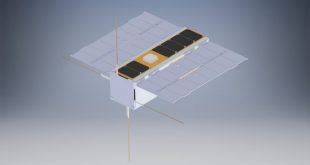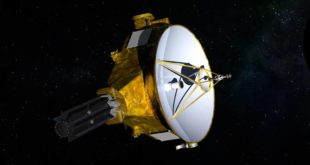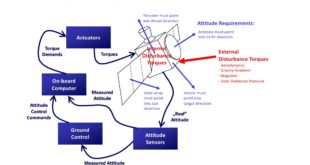Diamonds have always been a symbol of luxury, prestige, and elegance. For centuries, natural diamonds were the only option available for those who desired the beauty and brilliance of these precious stones. In recent years, there has been a growing interest in synthetic diamonds. Synthetic diamonds are created in a …
Read More »Revolutionizing Defense Infrastructure: The Power of DARPA’s BRACE Program
The idea may sound like something out of a science fiction novel, but it’s actually a reality being developed by the Defense Advanced Research Projects Agency (DARPA). The agency’s new program, called the Bio-Replicable Adaptive Concrete Enhancements (BRACE) program, aims to revolutionize the way the Department of Defense (DoD) approaches …
Read More »Lithium Niobate Lasers: For Telecommunications to Defense Applications
Lithium niobate (LiNbO3) is a promising material for integrated photonics, with a wide range of potential applications including telecommunications, sensing, and optical computing. LiNbO3 is a ferroelectric material, meaning that it has a permanent electric polarization. This polarization can be controlled by applying an external electric field, which makes LiNbO3 …
Read More »Exploring the Future of Space-based IoT: Technologies and Trends in Space-based Internet-of-Things (IoST)
The Internet of Things (IoT) is a system of interrelated computing devices, mechanical and digital machines, objects, animals or people that are provided with unique identifiers (UIDs) and the ability to transfer data over a network without requiring human-to-human or human-to-computer interaction. The Internet of Things (IoT) is now globally …
Read More »Trapping Light: Exploring the Phenomenon of Light Confinement
Light confinement is a fascinating phenomenon that has been studied extensively in the field of optics. It refers to the ability to control the propagation of light by confining it to a certain region or path. In this article, we will explore what light confinement is, how it works, and …
Read More »Building a Secure and Ethical Biodata Infrastructure: Challenges and Opportunities
The U.S. bioeconomy already accounts for about 5% of the country’s gross domestic product ($960 billion) and is rapidly expanding. Biomanufacturing is becoming a major mode of production for a wide range of industries, from pharmaceuticals and industrial chemicals to food and fuels. Biotechnologies can also play important roles in …
Read More »Radiation Shielding Technologies for Aerospace and Defense Electronics in Deep Space Missions
As human exploration of deep space becomes more of a reality, radiation shielding technologies are becoming increasingly important to protect aerospace and defense electronics. Radiation in deep space can be extremely harmful to electronic components, causing malfunctions, data loss, and even complete system failure. One of the biggest threat to …
Read More »Revolutionizing Military Operations with Soldier Body Networks: Seamless Data Transmission and Enhanced Situational Awareness
The modern battlefield is constantly evolving, with new threats and challenges emerging all the time. To stay ahead of the curve, military organizations around the world are turning to advanced technologies like soldier body networks to enhance communication and situational awareness on the battlefield. These networks provide soldiers with real-time …
Read More »Navigating the Skies: The Importance of Attitude Determination and Control Systems(ADCS) in Microsatellite and Nanosatellite Missions
Nanosatellite and microsatellite refer to miniaturized satellites in terms of size and weight, in the range of 1-10 Kg and 10-100 kg, respectively. These are the fastest growing segments in the satellite industry. ‘CubeSat’ is one of the most popular types of miniaturized satellites. CubeSats were made possible by the …
Read More »DARPA’s Arcadia Program: Using Microorganisms to Combat Asset Degradation from Marine Biofouling
UUVs are increasingly being used for a wide range of applications, from underwater exploration and surveillance to mine detection and mapping of the ocean floor. These vehicles are typically designed to operate autonomously, without human intervention, and can be deployed for extended periods of time. However, UUVs can face significant …
Read More » International Defense Security & Technology Your trusted Source for News, Research and Analysis
International Defense Security & Technology Your trusted Source for News, Research and Analysis





